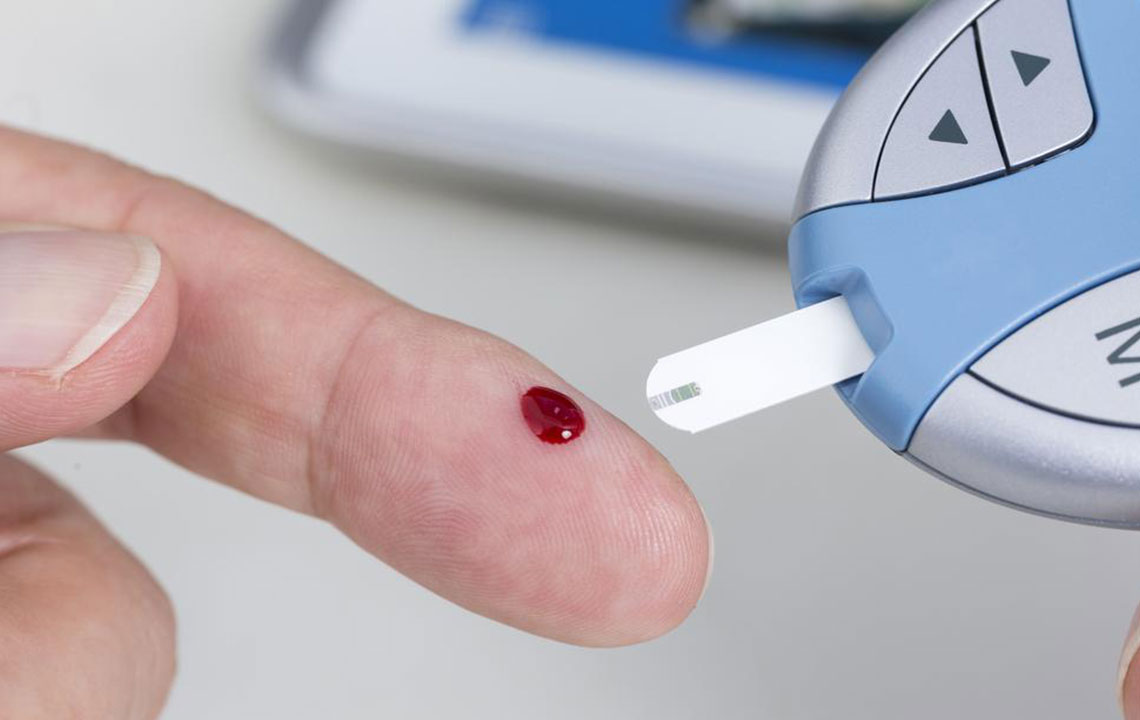How Can You Control Blood Glucose?

Diabetes is one of the most common diseases. Controlling diabetes will ensure that you live a normal and healthy life.
What Is Normal Blood glucose level?
To control your blood glucose level, you should know what the ideal glucose level is. Monitoring your blood glucose level on a daily basis is imperative. Also, make sure you check before your meal as well as after it. Before your meal, the recommended ideal level should be around 70-130 mg/dL (milligrams per deciliter). After meals, the count should be a little less than 140 ml/dL. Based on this, you can control your blood glucose level.
Tips For Blood Glucose Control
Incorporate these tips into your daily life and control your blood glucose levels:
Eat Consistently
Do not skip meals. This is extremely unhealthy, more so for a diabetic person, as it can spike your blood glucose levels. Make sure you eat all your meals, especially breakfast. Skipping meals will send the wrong sign to the liver, and the liver will produce more glucose, considering the lack of energy in your body. Also, when you skip meals, you might end up overeating when you do eat. Have all your meals regularly and keep your blood glucose in check.
Carbohydrates are your friends
Depriving your body of carbohydrates can cause you to be constantly hungry, and deprive your body of all the necessary nutrients it needs. Your diet isn’t complete without carbohydrates, so make sure you include them in your diet. Also, carbohydrates increase A1C, HDL cholesterol levels, and triglycerides.
A Cup Of Green Tea Can Make A Difference
Green tea extracts can help flush out toxins in your body. It also helps prevent diabetes. Green tea improves your insulin sensitivity and works as a good antioxidant and antibacterial. Drink a cup of green tea every day. It aids in weight loss as it helps cut down calories.
Drink Water, Keep Yourself Hydrated
Water should be consumed regularly. It cleans out your system and keeps you hydrated. A rise in your blood sugar level can cause you to urinate excessively, so drinking water will ensure that you don’t get dehydrated. Also, drinking water can prevent bloating. Drink eight to ten glasses of water a day.
Vinegar in your diet
Studies show that vinegar can help reduce the surge in blood glucose level by a good 40%, so add a little vinegar to your food. You can toss a little in your salad, or add a few spoons of vinegar into a glass of water before your meal. However, don’t overindulge, especially if you happen to be using insulin, because you might end up with a high frequency of hypoglycemic episodes.
Sleep Well
When you don’t have enough sleep, your hormones get disrupted. This, in turn, can lead to an increase in your appetite, weight gain, and a hike in your blood glucose levels. Research shows that even a single night of sleep deprivation can cause a decrease in insulin levels by close to 25%.
Incorporate Exercise Into Your Daily Routine
Exercising daily is a healthy habit, and this is especially true if you are suffering from diabetes. Exercise can keep you in shape, increase your metabolism, and help keep a tab on your blood glucose levels. Even if you don’t have a lot of time on your hands, try to sneak in a few minutes of exercise through the day.
Green Leafy Vegetables Are Great For You
Add green leafy vegetables to your diet. Toss in spinach, kale and, chard into your diet. Green leafy vegetables have high iron content. This is great for your blood, and it helps with blood glucose control.
Flavored Water Helps Too
While water is great for your body, adding a few slices of lemon, cucumber, mint or orange can help. Flavored water is tasty, and the slices of fruits or vegetables can work as good detoxifiers.
Increase Your Intake Of Fiber
Fiber can help slow down the absorption of sugar. This way your blood glucose level is controlled. Both insoluble, as well as soluble fibers, are great for your body, especially soluble fibers, which are known to lower the blood glucose levels. A few foods that have a high fiber content are fruits, vegetables, whole grains, and legumes. Have a daily fiber intake of 25 to 30 grams.
De-stress And Keep A Tab On Your Stress Levels
Stress is known to be the causal factor of a huge number of diseases, especially diabetes. When you are stressed, your body secretes hormones like glucagon and cortisol, and these hormones cause your blood glucose levels to go up. Try to meditate or exercise to bring down your stress levels. You can also do some yoga to de-stress.


